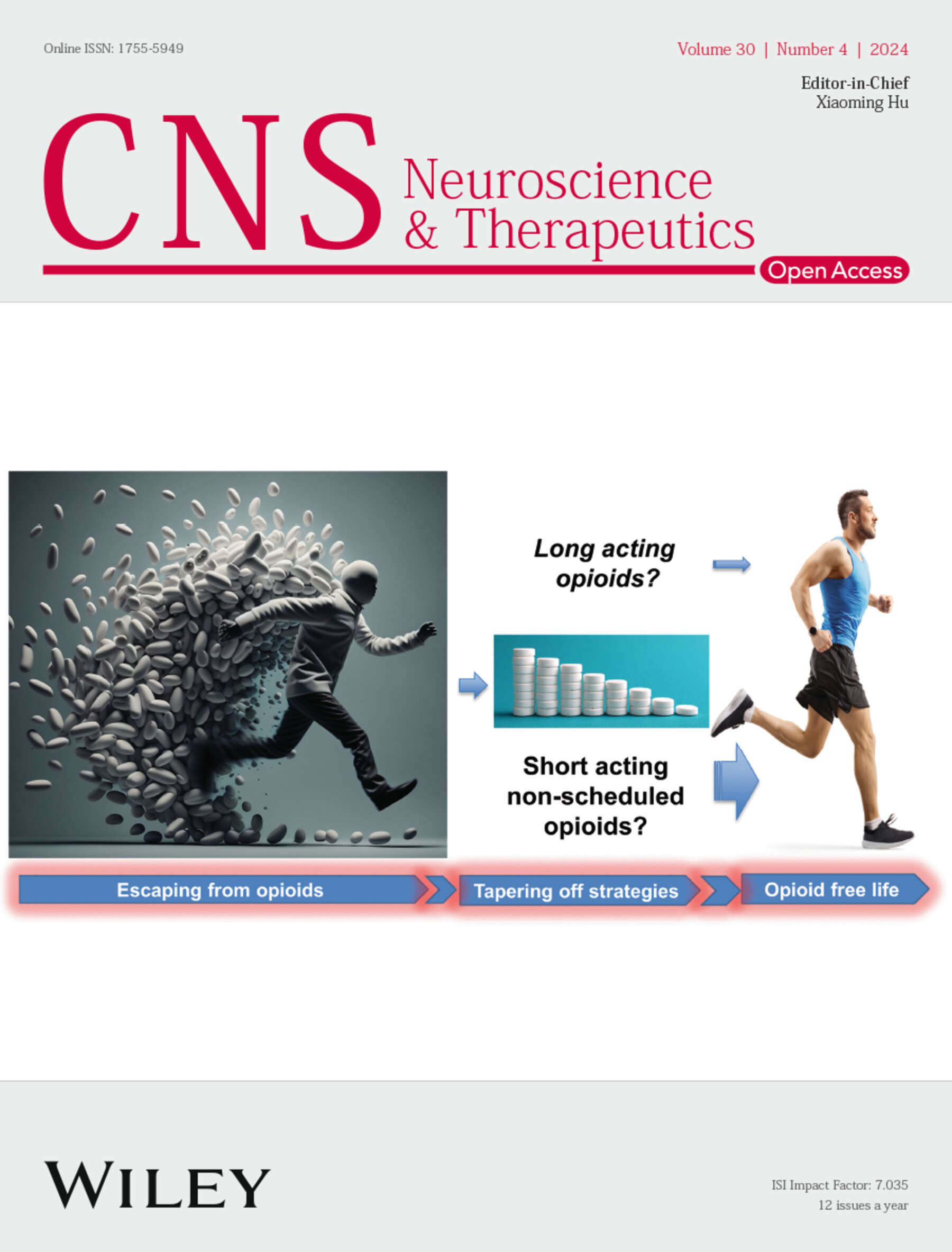Lysine Acetyltransferase TIP60 Restricts Nerve Injury by Activating IKKβ/SNAP23 Axis-Mediated Autophagosome-Lysosome Fusion in Alzheimer's Disease
Abstract
Objective
The hyperphosphorylation of Tau protein is considered an important cause of neuronal degeneration in Alzheimer's disease (AD). The disruption of neuronal histone acetylation homeostasis mediated by Tip60 HAT is a common early event in neurodegenerative diseases, but the deeper regulatory mechanism on β-amyloid peptide (Aβ)-induced neurotoxicity and autophagic function in AD is still unclear.
Methods
AD models were established both in APP/PS1 mice and Aβ1–42-treated SH-SY5Y cells. The Morris water maze test (MWM) was performed to examine mouse cognitive function. Neurological damage in the hippocampus was observed by hematoxylin–eosin (H&E), Nissl's, terminal deoxynucleotidyl transferase dUTP nick end labeling (TUNEL), and NeuN staining. Autophagosome-lysosome fusion was detected by immunohistochemistry, immunofluorescence, and Lyso-Tracker Red staining. Cell viability and apoptosis were evaluated by CCK-8 assay and flow cytometry. The molecular interactions were verified by co-immunoprecipitation (Co-IP), dual luciferase assays, and ChIP detections. The RNA and autophagy-lysosome-related proteins were assessed by Western blot and RT-qPCR.
Results
TIP60 overexpression improved cognitive deficits and neurological damage and restored the impairment of autophagy-lysosomes fusion in vivo. Similarly, the upregulation of TIP60 in Aβ1–42-treated SH-SY5Y cells suppressed neuronal apoptosis and tau phosphorylation through the activating autophagy-lysosome pathway. Mechanistically, TIP60 activated IKKβ transcription by promoting SOX4 acetylation, thus leading to the translocation of SNAP23 to STX17-contained autophagosomes. Moreover, the protective roles of TIP60 in neuron damage were abolished by the inhibition of SOX4/IKKβ signaling.
Conclusion
Collectively, our results highlighted the potential of the TIP60 target for AD and provided new insights into the mechanisms underlying neuroprotection in this disorder.


 求助内容:
求助内容: 应助结果提醒方式:
应助结果提醒方式:


